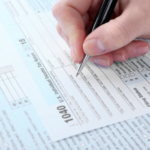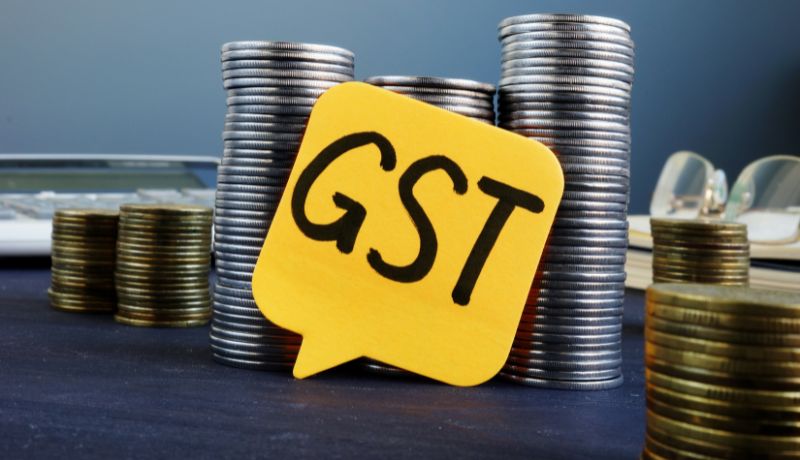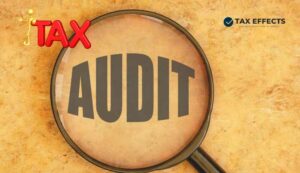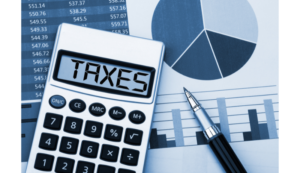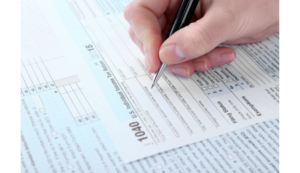Composition Scheme is an alternative method of charging GST. It is a simple and easy scheme under GST for small taxpayers whose turnover is up to the prescribed limit. The purpose of the composition scheme is to bring simplicity and to reduce the compliance cost for small taxpayers.
In this article, you would be able to know the complete details about the composition scheme as per the latest updates. So, Let’s get started:
1. Eligibility: Who can opt for the Composition Scheme?
Primarily, the composition scheme is available to:
- Manufacturer;
- Suppliers of goods; and
- Restaurant service.
Earlier, a composition dealer was not allowed to deal in services. But now, after the CGST (Amendment) Act, 2018, the composition dealers are also permitted to supply services up to a specified limit. A composition dealer can also supply services to an extent of 10% of turnover OR Rs.5 lakhs, whichever is higher.
Note: Special Composition Scheme for Service Providers (and other ineligible persons) has now also been provided. As per this scheme, all persons who cannot opt for the normal composition scheme (as above) can opt for this scheme. Under this special composition scheme, taxpayers need to pay tax at the rate of 6% of turnover. To opt for this scheme, taxpayers’ turnover must be limited to Rs. 50 Lakhs.
2. Who is not eligible for the composition scheme?
The following person cannot opt for the scheme:
– Person engaged in the supply of services (other than Restaurant services)
– Manufacturer of ice cream, pan masala, tobacco, aerated water
– Person engaged in the supply of non-taxable goods
– A person making inter-state outward supplies
– A casual taxable person or a non-resident taxable person
– Businesses which supply goods through an e-commerce operator
3. Threshold Limit for composition scheme:
Threshold Limit means the turnover limit of a taxpayer for being eligible to be a composition dealer. Therefore, If the turnover of the taxpayer crossed above this limit then he cannot opt for the composition scheme.
Small taxpayers with an aggregate turnover in a preceding financial year up to Rs. 1.5 crore shall be eligible for composition levy. In the case of certain specified category states*, the threshold limit to opt for the scheme is Rs 75 lakh.
*Specified States are; Sikkim, Arunachal Pradesh, Assam, Manipur, Mizoram, Meghalaya, Nagaland, Tripura.
4. Conditions for availing Composition Scheme:
There are certain conditions that need to comply to opt for a composition scheme:
- Composite dealers cannot take the Input Tax Credit (ITC).
- The taxpayer has to pay tax at normal rates for transactions under the Reverse Charge Mechanism (RCM)
- The composition dealer cannot supply non-taxable goods, for instance, Petrol, Liquor, etc.
- Composition scheme applies on PAN WISE. Therefore, all businesses registered under the same PAN have to opt for Composition.
- The taxpayer has to mention the words ‘composition taxable person’ on every notice/signboard at their place of business.
- Composite dealers need not issue Tax Invoice. Instead, he will simply issue a Bill of Supply. Composite dealers cannot charge GST in the bill of supply separately. Therefore, ITC cannot be claimed by the recipient on basis of the bill of supply.
- The Composite dealer has to mention the words ‘composition taxable person’ on every bill of supply issued by him.
5. Rates of GST under Composition Scheme:
The rate of tax under composition scheme will be as follows:
| Type of Composition Dealer | Rate of GST |
| Manufacturer | 1% of Turnover |
| Restaurant Service | 5% of Turnover |
| Traders | 1% of TAXABLE Turnover |
| Special composition scheme
(for service providers & other ineligible person) |
6 % of Turnover |
6. How to Opt for Composition Scheme:
To opt for composition scheme a taxpayer has to file GST CMP-02 electronically. This can be done online by logging into the GST Portal. A dealer who wants to opt for Composition Scheme, must intimate GST Deptt. (by filing GST CMP-02) before the beginning of the Financial Year.
7. Return to be filed by Composition Dealers:
A composition dealer is required to pay tax in a quarterly statement CMP-08 by 18th of the month after the end of the quarter. Also, a return in form GSTR-4 has to be filed annually by 30th April of next financial year from FY 2019-20 onwards.
GSTR-9A is an annual return to be filed by 31st December of the next financial year. It was waived off for FY 2017-18 and FY 2019-20.
8. Advantages of Composition Scheme:
- Lesser compliance (returns, maintaining books of record, issuance of invoices)
- Limited tax liability
- High liquidity as taxes are at a lower rate
9. Disadvantages of the Composition Scheme:
- A limited territory of business. The dealer is barred from carrying out inter-state transactions
- No Input Tax Credit available to composition dealers
- No Input Tax Credit can be taken by the recipient either on the basis of the bill of supply.
- The composition dealer will not be eligible to supply non-taxable goods under GST
- The composition dealer will not be eligible to supply goods through an e-commerce portal.




